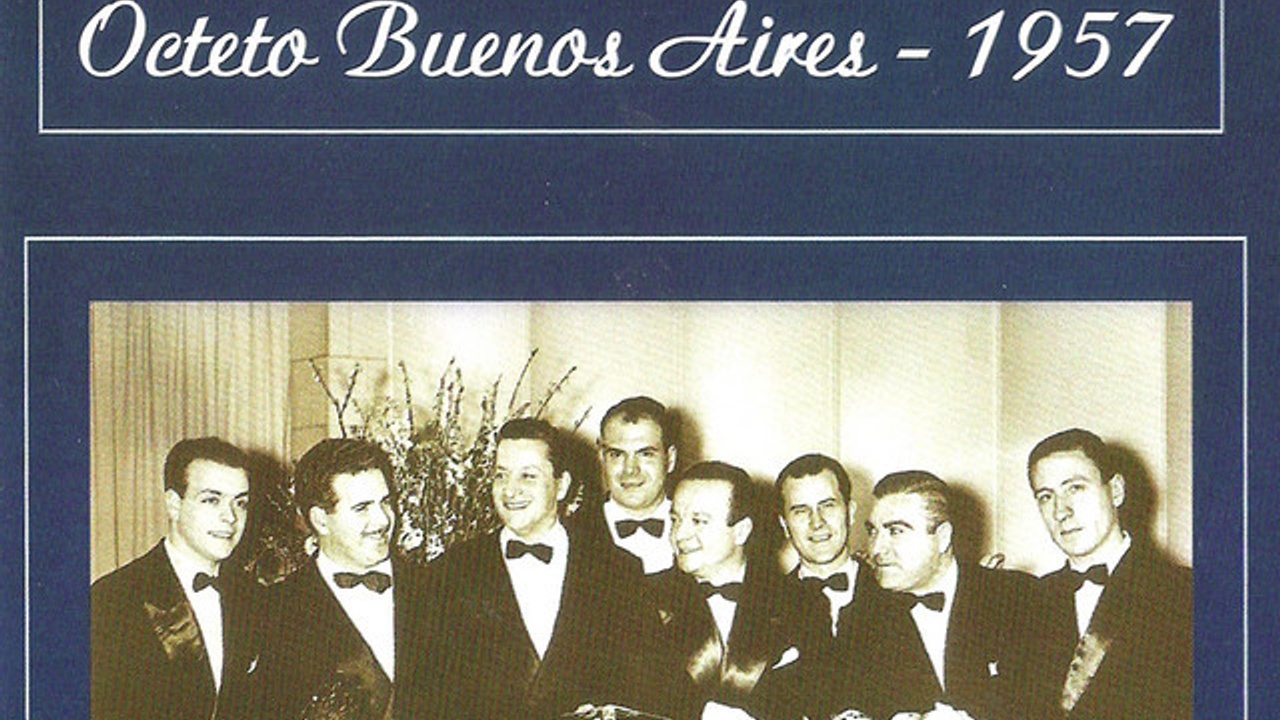Octeto de Buenos Aires
Aug 26, 2021
Octeto de Buenos Aires
26 August 2021 by Cosima Diaz Campos
When I studied the year at Rotterdam Conservatory (tango violin) in 1996 my violin teacher gave me casette tapes with Troilo, Pugliese, Di Sarli, D'Arienzo and more great maestros from the Golden Era. Also a casette with Octeto de Buenos Aires. I loved the classics of the golden era immediately. But Octeto de Buenos Aires was not so easy for my ear, especially the electric guitar. I listened to all the cassettes a lot, every day, to really feel the music, and eventually I learnt to appreciate and love the music of Octeto de Buenos Aires. And of course especially the genius interpretations of violinist Enrique Francini (also wellknown for his own orchestra Francini-Pontier). The sweet and passionate sound of his violin is just incomparable. Always when I hear Octeto de Buenos Aires it brings me back to those days, and I am super grateful for the experience. This experience with the music helped me so much as a tango dancer. My first love will always be the music, and dance for me is the way to express my feeling with this mesmerizing music. I hope you can enjoy the MAGIC of Octeto de Buenos Aires. Music to listen to with all your senses and to not be distracted.
History
Octeto de Buenos Aires
The Octeto Buenos Aires was a legendary tango group formed in 1955 by Astor Piazzolla. In 1958 the Octeto was disbanded and Piazzolla returned to New York City with his family where he struggled to make a living as a musician and arranger in the next stage of his career that would prove to be so ground-breaking in the history of tango.
Musicians
Astor Piazzolla - bandoneon
Roberto Pansera - bandoneon
Leopoldo Federico - bandoneon - successor of Roberto Pansera
Atilio Stampone - piano
Enrique Mario Francini - violin
Hugo Baralis - violin
José Bragato - cello
Aldo Nicolini - double bass
Juan Vasallo - double bass - successor of Aldo Nicolini
Horacio Malvicino - electric guitar

Piazzolla’s first arrangement for the Octeto was the tango Arrabal by José Pascual, which he had dreamed of playing since he first heard Elvino Vardaro’s version of it as a child. The Octeto created a new sound akin to chamber music and without a singer, normally part of an orquesta típica. Neither the jazz-like improvisations of Malvicino on electric guitar, for example in Piazzolla's 1955 composition Marrón y Azul, nor the cello solos of the classically trained Bragato had ever been heard before in tango.
What do you feel when you listen to Octeto de Buenos Aires? We are happy to hear from you.


